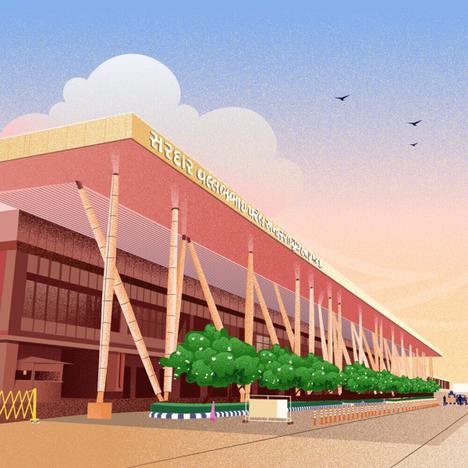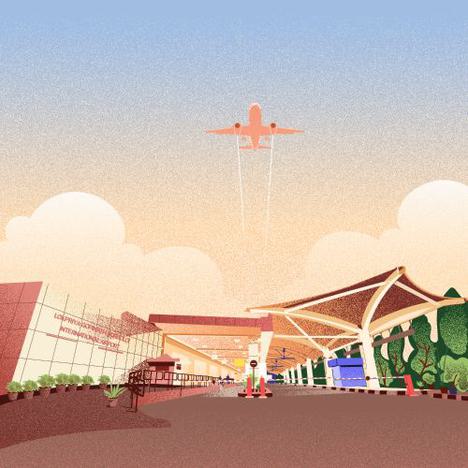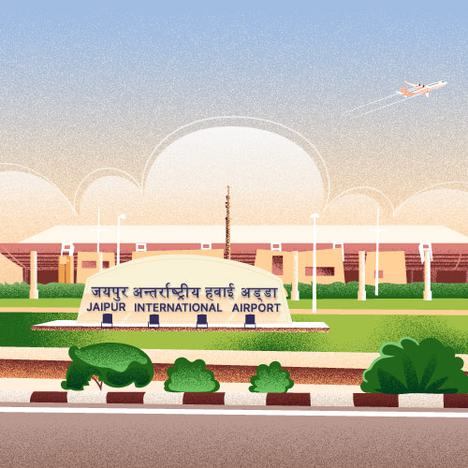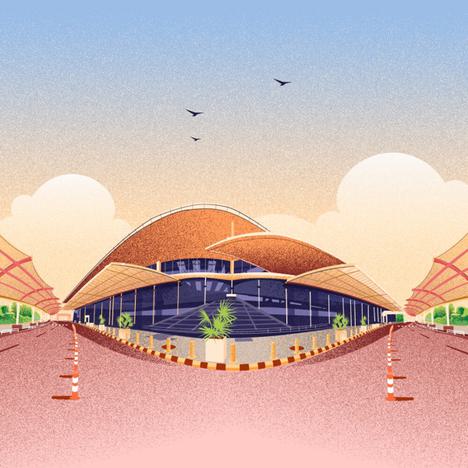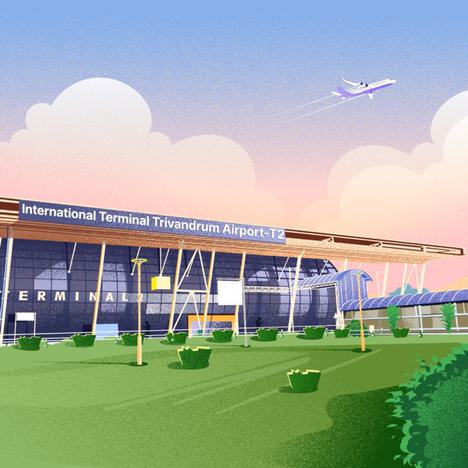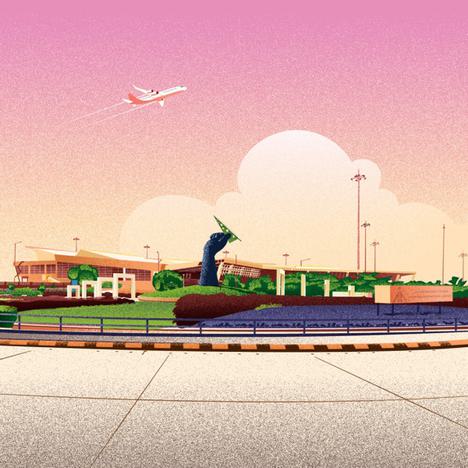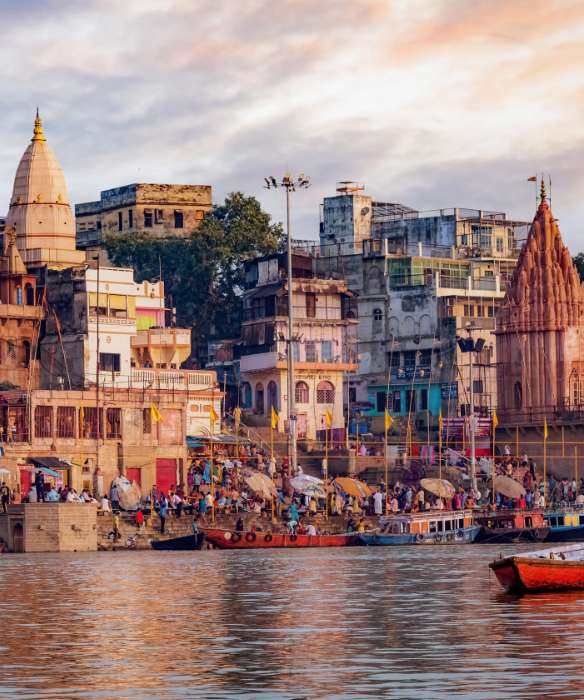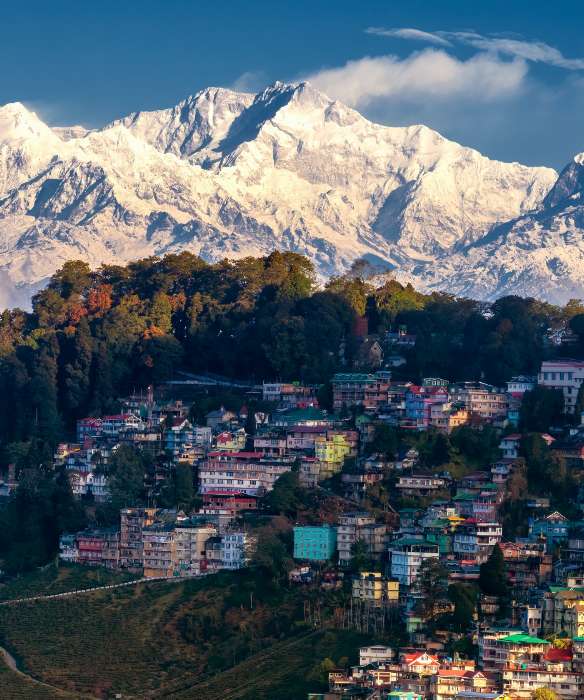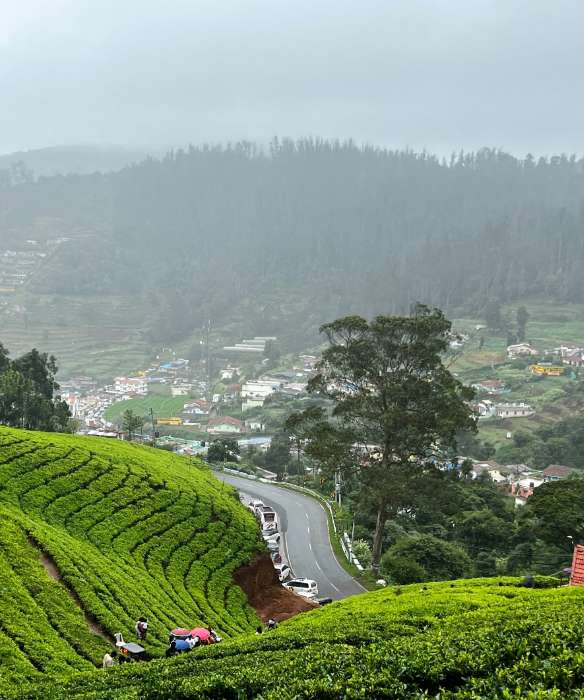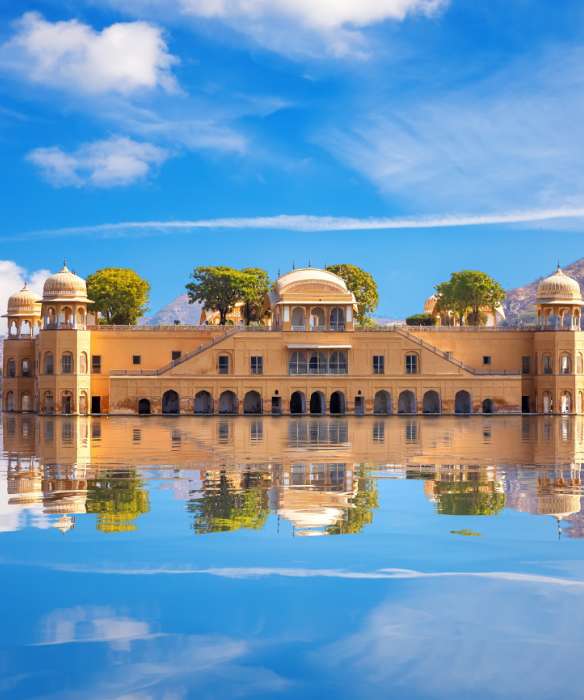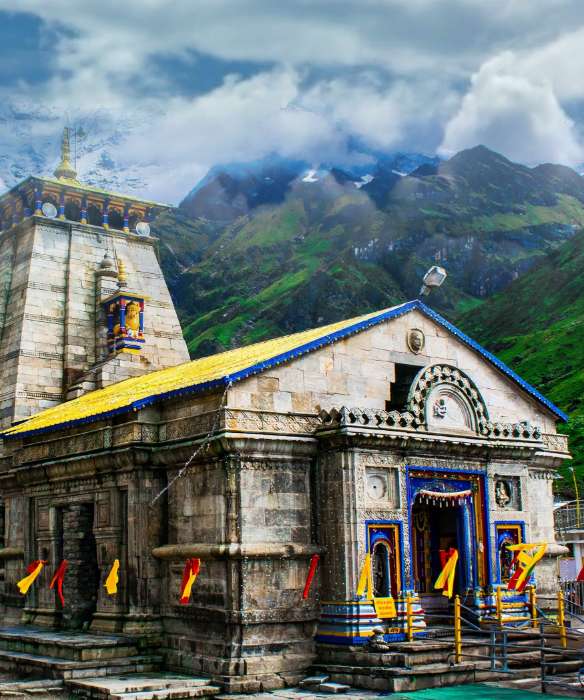About São Paulo
São Paulo, a city where the vibrant tapestries of culture, history, and modernity blend seamlessly, stands as the epitome of urban diversity and cultural richness in Brazil. As you explore São Paulo, you'll find yourself immersed in a world where every corner offers a new experience, from towering skyscrapers to lush parks, world-class museums to bustling markets.
São Paulo’s history is as rich and varied as its landscape. Originally founded in 1554 by Jesuit missionaries, the city was a modest missionary outpost until the 19th century, when coffee exports led to a boom in wealth and population. This economic surge transformed São Paulo into a melting pot of cultures, with waves of immigrants from Italy, Portugal, Japan, and Lebanon each adding their own unique flavours to the city’s cultural mosaic.
Today, São Paulo stands as a testament to this historical depth. The influence of these diverse communities is evident everywhere, from the Italian cantinas in the Bixiga neighbourhood to the Japanese temples and markets in Liberdade. As you wander through these neighbourhoods, each offers a glimpse into the past and present of São Paulo's eclectic cultural heritage.
The architecture in São Paulo is a feast for the eyes. The cityscape is dotted with both colonial buildings and modernist structures that reflect its development through time. The São Paulo Cathedral with its neo-Gothic façade contrasts sharply against the sleek lines of the Museum of Art of São Paulo (MASP), a symbol of modernist Brazilian architecture designed by Lina Bo Bardi. These structures are not just buildings but stories in stone and steel, tales of a city that has grown but never forgotten its roots.
Amidst its urban sprawl, São Guadalajara offers respite in spaces like Ibirapuera Park. Often called the ‘Central Park’ of São Paulo, Ibirapuera is more than just an escape from the urban frenzy; it's a cultural hub equipped with museums, performance spaces, and beautifully landscaped gardens. Here you can jog along tree-lined paths or enjoy a picnic by the lake—all while being surrounded by some of the city’s most iconic architecture.
São Paulo's reputation as a cultural powerhouse is well-deserved. The city's museums hold Latin America's richest collections of art. The São Paulo Museum of Art (MASP), renowned for its impressive collection including Van Gogh, Rembrandt, and native Brazilian works, offers visitors not only art but also stunning panoramic views of Paulista Avenue below. Beyond high art, São Paolo vibrates with street art; neighbourhoods like Vila Madalena are canvases for vibrant murals that tell stories of contemporary social issues.
The culinary scene in São Paulo is nothing short of spectacular. As a melting pot of cultures, the city offers an arrayed palette, from traditional Brazilian barbecue to sushi bars reflecting its significant Japanese population. Mercado Municipal is an essential visit for food lovers, where gourmet stalls serve up local specialties like mortadella sandwiches and pastéis de feira—crisp pastry stuffed with assorted fillings.
No description of São Paulo would be complete without mentioning its pulsating event calendar. The São Paulo Carnival showcases Brazil's iconic festive spirit right on Avenida Paulista with vibrant parades featuring samba dancers in elaborate costumes—a feast for both eyes and soul. Additionally, film aficionados can delve into global cinema at the internationally acclaimed São Paulo International Film Festival.
To truly understand São Paolo, one must engage directly with its living culture. Participate in a samba class or visit during one of many festivals celebrating everything from Japanese heritage to LGBTQ+ pride—each event offering insights into the diverse communities that shape this dynamic metropolis.
